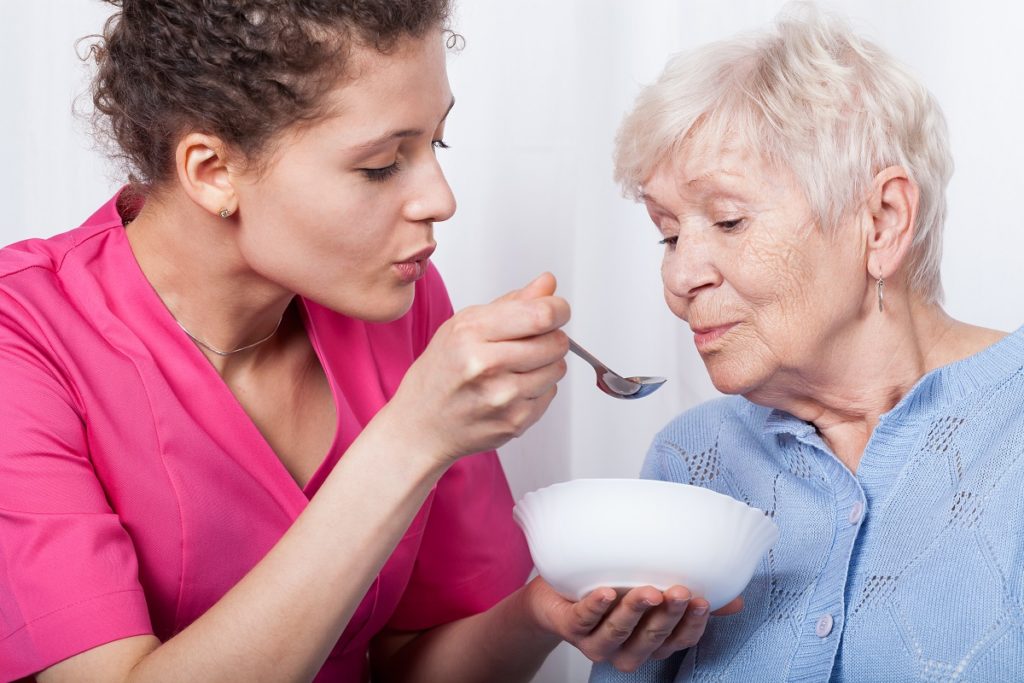Disclaimer: What Liberty Ate. This site provides food and drink content for informational purposes only.
When your loved one receives a terminal disease diagnosis, the race starts against time. Prompt treatment is essential to maximize the odds of a favorable outcome. Even so, treatment might, sometimes, stop if a condition will not benefit much from it. But this does not mean that a patient is only a few days away from death.
At this time, your ideal choice is getting hospice care for your loved one from a Southern Indiana center or any facility near you. Hospice care focuses on ensuring the patient is as comfortable as possible. It also minimizes the risk of further complications. You can choose home-based care for your loved one or bring them to a suitable center.
Keep in mind that one issue that commonly affects hospice patients is the loss of appetite. This is associated with the medications used and the progression of the disease. Here are some ways to boost a hospice patient’s appetite.
Allow Patients to Eat What They Want
Most people have a “food struggle” with patients suffering from a terminal disease. They tend to force a patient to eat what they assume is the healthiest meal. Even so, this food struggle does not encourage a patient to eat. Allow patients to eat what they want. Remember that during the end stages of a disease, a patient’s likes and dislikes often change. By catering to these changing needs, your loved one will be motivated to take a bite or, better yet, a full meal.
Give Small but Frequent Meals
 You cannot afford to stick to the three standard meals in a day when caring for a hospice patient. It’s better to give them multiple small meals spread throughout the day rather than asking them to eat one large meal. This way, a patient will always have something in their stomach. You can offer them five to six small meals a day. Still, allow them to eat as regularly as they want. The small meals also decrease the sense of failure in patients who cannot clean their plates up.
You cannot afford to stick to the three standard meals in a day when caring for a hospice patient. It’s better to give them multiple small meals spread throughout the day rather than asking them to eat one large meal. This way, a patient will always have something in their stomach. You can offer them five to six small meals a day. Still, allow them to eat as regularly as they want. The small meals also decrease the sense of failure in patients who cannot clean their plates up.
Limit Low-Calorie Food
You need to maximize a hospice patient’s calorie intake to strengthen their body in fighting against the progression of the disease. So, you should limit the consumption of low-calorie food and drinks since these only make a patient full without much contribution to health. High-calorie snacks and other food items should always be available.
Make Eating Easy
As the disease progresses, a patient might find it hard to chew or swallow food and drinks. Make eating and drinking easy for the patient with food items that are easy to consume. This might mean blending the food or cutting it into small pieces to make chewing and swallowing easy.
With these approaches, you will boost a patient’s appetite, immunity, and overall body strength to withstand the rigors of a disease. At times, a doctor might recommend multivitamins and supplements for a patient. This is often in cases where the poor appetite persists even after taking the steps above.

